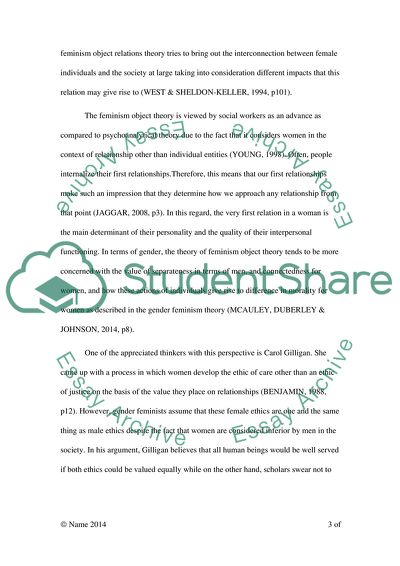Cite this document
(The Object Relation Theory Essay Example | Topics and Well Written Essays - 3250 words, n.d.)
The Object Relation Theory Essay Example | Topics and Well Written Essays - 3250 words. https://studentshare.org/sociology/1821137-living-theory
The Object Relation Theory Essay Example | Topics and Well Written Essays - 3250 words. https://studentshare.org/sociology/1821137-living-theory
(The Object Relation Theory Essay Example | Topics and Well Written Essays - 3250 Words)
The Object Relation Theory Essay Example | Topics and Well Written Essays - 3250 Words. https://studentshare.org/sociology/1821137-living-theory.
The Object Relation Theory Essay Example | Topics and Well Written Essays - 3250 Words. https://studentshare.org/sociology/1821137-living-theory.
“The Object Relation Theory Essay Example | Topics and Well Written Essays - 3250 Words”. https://studentshare.org/sociology/1821137-living-theory.


